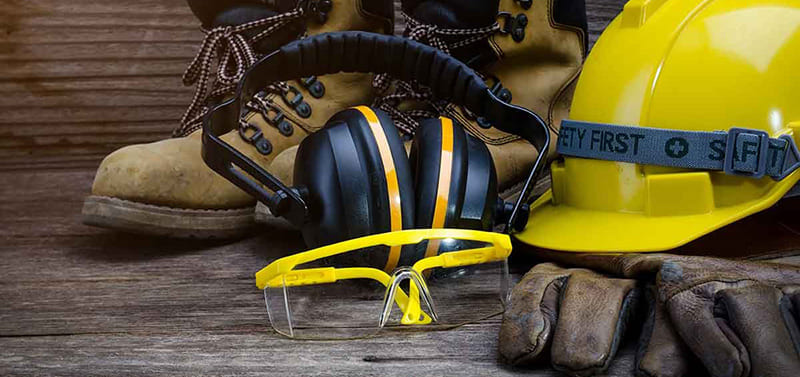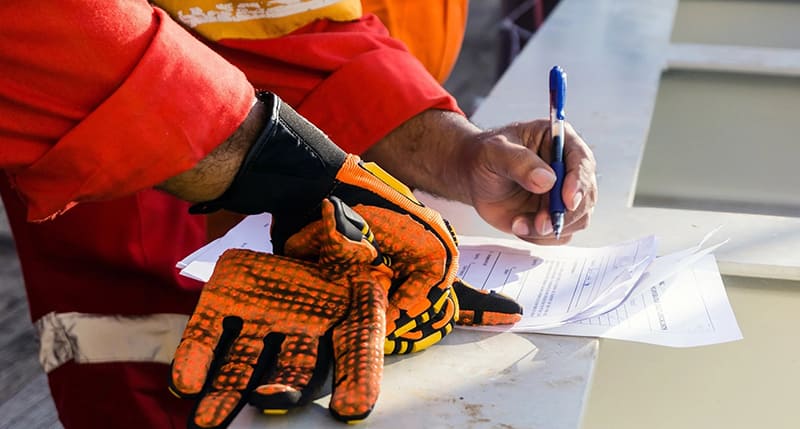Is Your Combination of PPE Putting Workers at Risk?
Personal Protective Equipment (PPE) is crucial for ensuring the safety and well-being of workers in various industries. However, it is essential to carefully consider the combination of PPE used to mitigate risks effectively. In this article, we will explore the importance of selecting the right combination of PPE and the potential risks associated with improper or inadequate combinations.

Understanding PPE:
PPE includes equipment such as helmets, gloves, goggles, face masks, earplugs, and protective clothing. Each piece serves a specific purpose and provides protection against different hazards, such as falling objects, chemicals, noise, or respiratory risks. It is essential to understand the intended use and limitations of each PPE item to ensure proper selection and combination.
Compatibility and Effectiveness:
The combination of PPE should be compatible and work together effectively to provide comprehensive protection. Mixing incompatible PPE or using items from different manufacturers may compromise their functionality and reduce overall effectiveness. For example, wearing a respirator that does not properly fit with a particular type of safety glasses may cause discomfort or impair vision, potentially putting the worker at risk.
Overlapping or Gaps in Protection:
Improper combinations of PPE can lead to overlapping or insufficient protection. Overlapping occurs when multiple PPE items offer similar levels of protection for the same hazard, which can impede mobility and reduce comfort for the worker. On the other hand, gaps in protection occur when certain hazards are not adequately addressed by the chosen combination of PPE. Identifying and addressing these gaps is crucial to ensure comprehensive protection.

Training and Education:
Proper training and education play a vital role in preventing the misuse or inadequate combination of PPE. Workers should receive training on the appropriate selection, use, maintenance, and limitations of each PPE item. Employers should provide clear guidelines and policies to promote the correct combination of PPE and ensure workers understand the potential risks associated with improper combinations.
Regular Assessments and Updates:
As workplaces evolve and new hazards emerge, it is essential to regularly reassess and update the combination of PPE. Conducting risk assessments and consulting with safety professionals can help identify potential gaps or improvements in the PPE selection. Regular reviews and updates ensure that workers are equipped with the most effective and appropriate combination of PPE for their specific work environment.
Selecting the right combination of PPE is critical for protecting workers from workplace hazards. Understanding the compatibility and effectiveness of different PPE items, addressing overlapping and gaps in protection, providing proper training, and conducting regular assessments are all crucial steps to mitigate risks effectively. Employers and safety professionals should work together to ensure that workers have the appropriate and well-suited combination of PPE, reducing the likelihood of accidents and promoting a safe working environment.










